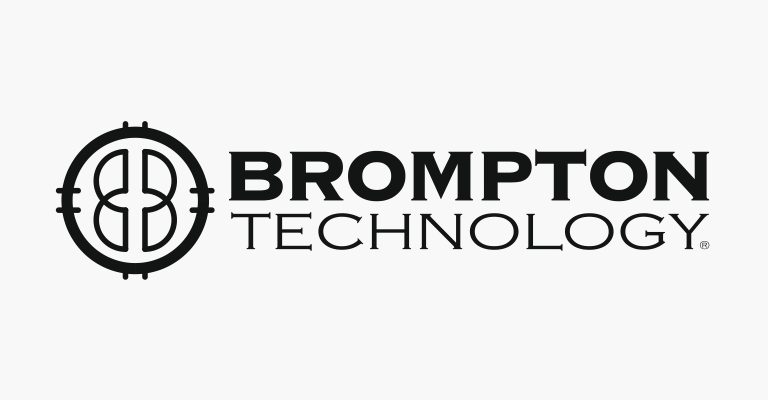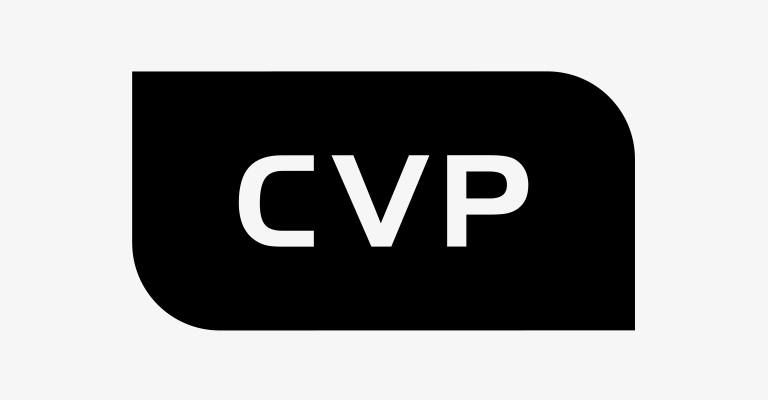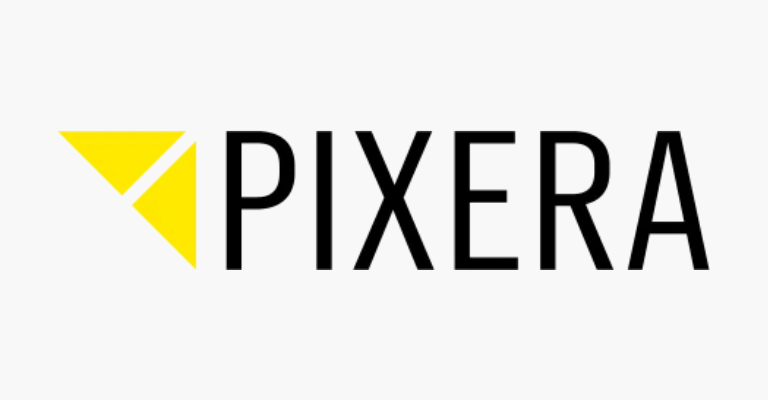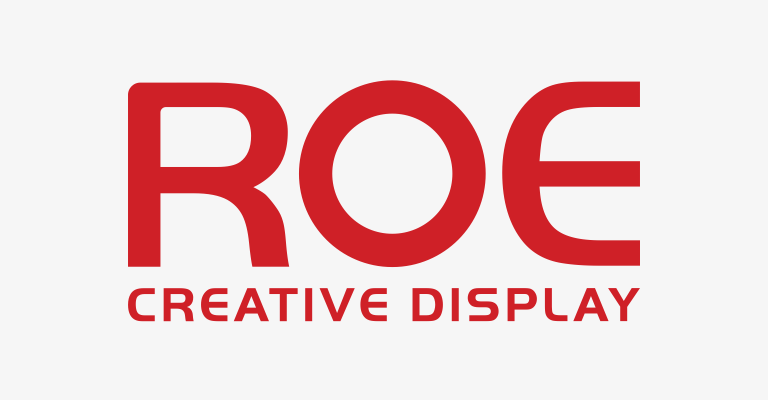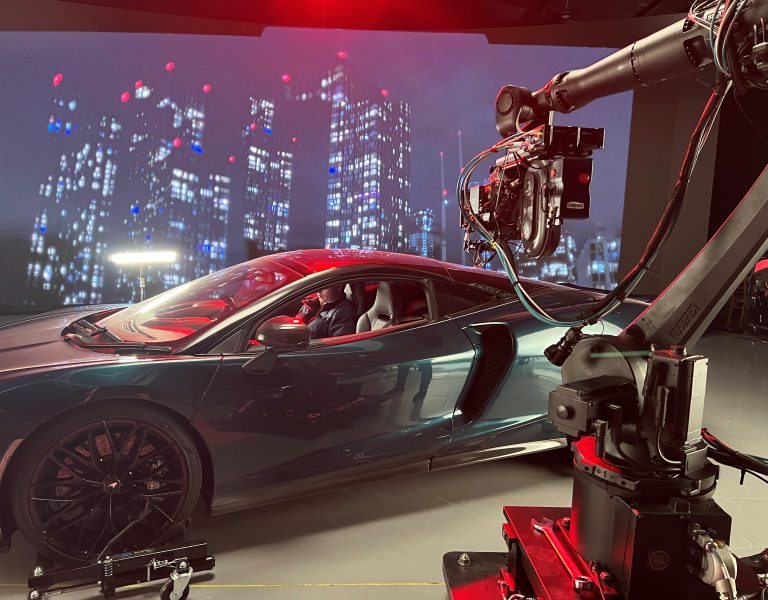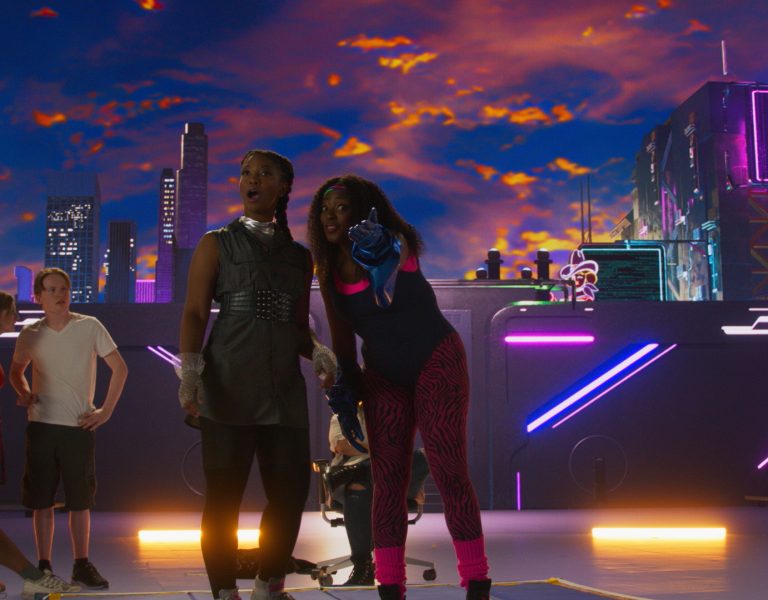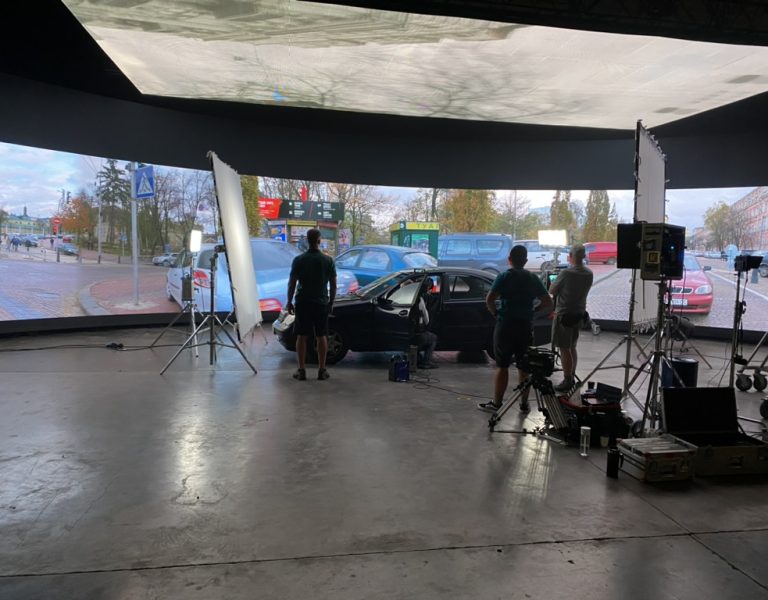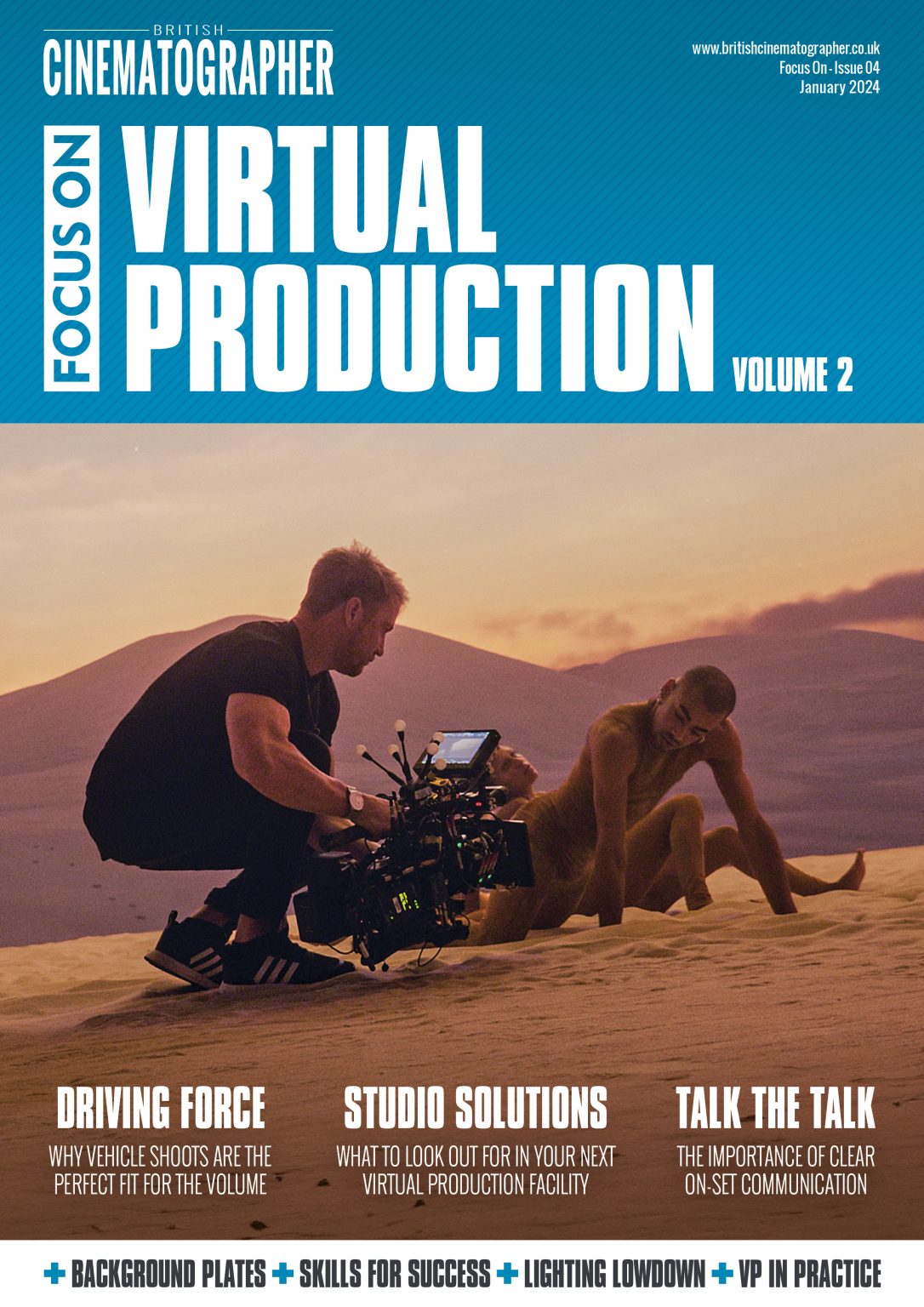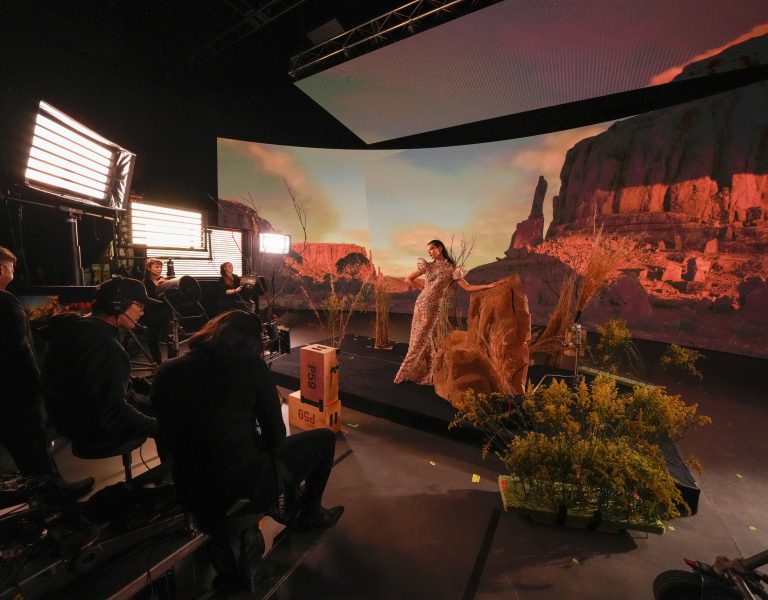The cinematographer and director of a new short film, End of Infinity, which explores the idea of having a conversation with a deceased loved one, praise the merits of virtual production.
Many of us have had that conversation, whether it occurred over dinner, a pub visit, or in the early hours of the morning. It’s the discussion about the person one would most like to meet or have dinner with, living or deceased, famous or not – and the reasons behind that choice.
For filmmaker Flora Lopategui, the answer is easy: her grandmother, whom she lost aged 13. “I never felt like I had an adult conversation with her and was ever able to get to know her properly, I always feel as though with grandparents, they come at the beginning of your life, and you at the end of theirs.”
End of Infinity, produced by Window Zebra Productions and written and directed by Lopategui, is a 10-minute, female-led film, which follows protagonist Charlotte as she reconnects with the memory of her late grandmother, highlighting the significance of cherishing the present’s fleeting moments in the process.
Lopategui had never directed a film using virtual production (VP) before. “What virtual production allowed us to do on End of Infinity was capture golden hour for a sustained six to seven hours, liberating us from the constraints of that one-hour window usually available, whilst allowing us to control our production design. The interior of the bus and the fields are very green, so it just meant that we had real control over adding seat covers to add a bit more depth with that very green background coming from the driving plates that we shot in the New Forest, which then acted as our backdrop when shooting on the volume.”
The two-day shoot of End of Infinity was done almost entirely at Garden Studios in London and cinematographer Dom Howlett says it was one of the easiest shoots he’s ever done. “There can be issues with VP; some people experience problems when the screens glitch or crash, for example. But we didn’t experience any of these! The only problem I’d say we faced is that it takes a lot of time to load the plates into the system, so that was done the day before filming. We had a pre-light day and an additional day with the incredible team at Garden Studios and Anna Valley, to test the plates.”
Everything had been storyboarded beforehand and Howlett had already gone out with a team to film the driving plates using a rig containing several Sony FS7 cameras on top of a car, pointing in different directions. The cameras were equipped with a series of 18mm Zeiss Super Speed MKIII lenses to help capture the panoramic view needed to build the plates. “The vintage look had this sort of creamy effect on the plates, so it does feel like you’re in this otherworldly environment,” he adds.
The main production camera was the RED Epic accompanied by the Sigma FF Cine lenses. Glimmerglass helped to enhance the nostalgic effect.
Lopategui admits to being ‘cautious’ in her approach to using VP for the first time as a director, if only because of her sex. “As a girl at school, I was never pushed into sciences or technology, but into the literature and art side of things,” she adds. “My brothers are techie, and I grew up with computers and cameras, but I knew how much was at stake with it being my first big production – and investors had trusted me with this. Then I thought: ‘You know, Flora, you only live once and if you’re not pushing the boundaries in your field, what are you doing?’ For me, it was also to inspire more women to get into the technology side of things – and if I can do it, then so can you.”
–
Words: Robert Shepherd



